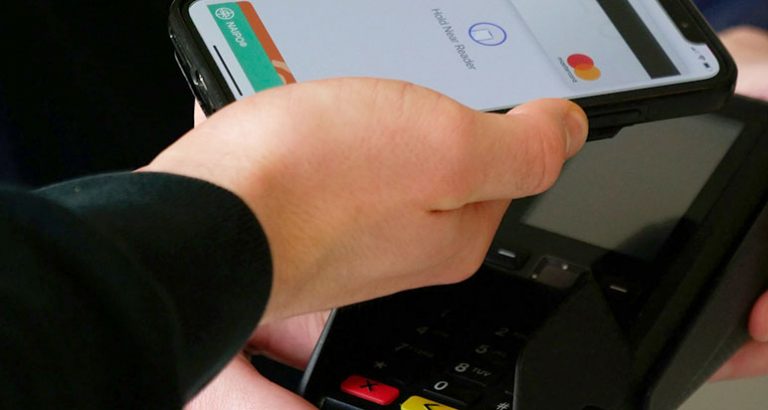Despite the turmoil of Brexit and a raft of other challenges, new forecasts from IGD reveal that the UK convenience market is set to grow by £6.9bn in the next five years.
With the massive uncertainty surrounding the potential fallout from Brexit, the IGD has nonetheless predicted that the UK convenience market is set to grow substantially over the next five years to reach £48.2bn by 2024.
That represents growth of almost £7bn and IGD states that the channel will benefit from “lots of new store openings over the period, helping to fuel a compound annual growth rate of 3.1%”.
Patrick Mitchell-Fox, Senior Business Analyst at IGD, said: “While we expect relatively muted store development across the sector as a whole in the next two years, with the sector undergoing a period of consolidation, we forecast key segments – in particular co-operatives, multiples and symbols – to benefit from strong store growth again from 2021.”
Reviewing the current year in convenience, Mitchell-Fox said: “After a stronger 2018 (+3.2%), total convenience sales are expected to grow by 2.6% in 2019. This growth is being led by the co-operatives segment above all, driven not only by a focus on opening new stores, but also by outstanding like-for-like performance underpinned by strong private label development, better fresh and chilled ranges and more competitive value.
“Multiples, though still seeing solid growth, are now opening new stores at a more modest pace. Meanwhile, after a year of slower growth, the symbols segment is beginning to pick-up again, though it remains restrained as it stabilises after a period of notable disruption and instability.”
With the average shopper spending just under eight minutes in a convenience store [IGD Shoppervista, May 2019], IGD has identified three factors shaping the future of the UK convenience channel that will enable stores to give the shopper what they need, as quickly as possible:
- Driving top-up shopping: with 54% of shoppers citing a top-up shop the reason for their most recent visit to a c-store, this remains by far the most frequent reason people shop in this channel. However, retailers have traditionally struggled to implement ranges in-store with enough scope to meet a variety of shopper needs in a way that is space-efficient and quick to shop. Increasingly, retailers are using shopper data to better understand these needs.
- Attracting new shoppers: with food-to-go and takeaway coffee now well-established, retailers are increasingly looking to incorporate new merchandising focuses, with coffee stations growing in importance as the destination for hot drinks and related purchases.
- Evolving the ‘mission-based’ shop: while the lunchtime meal deal is a familiar and successful driver of food-to-go purchases, similar deals are taking a bigger role in how shoppers are using c-stores, such as meal for tonight. Also, frozen meal deals also encourage participation for retailers with limited chilled space.








